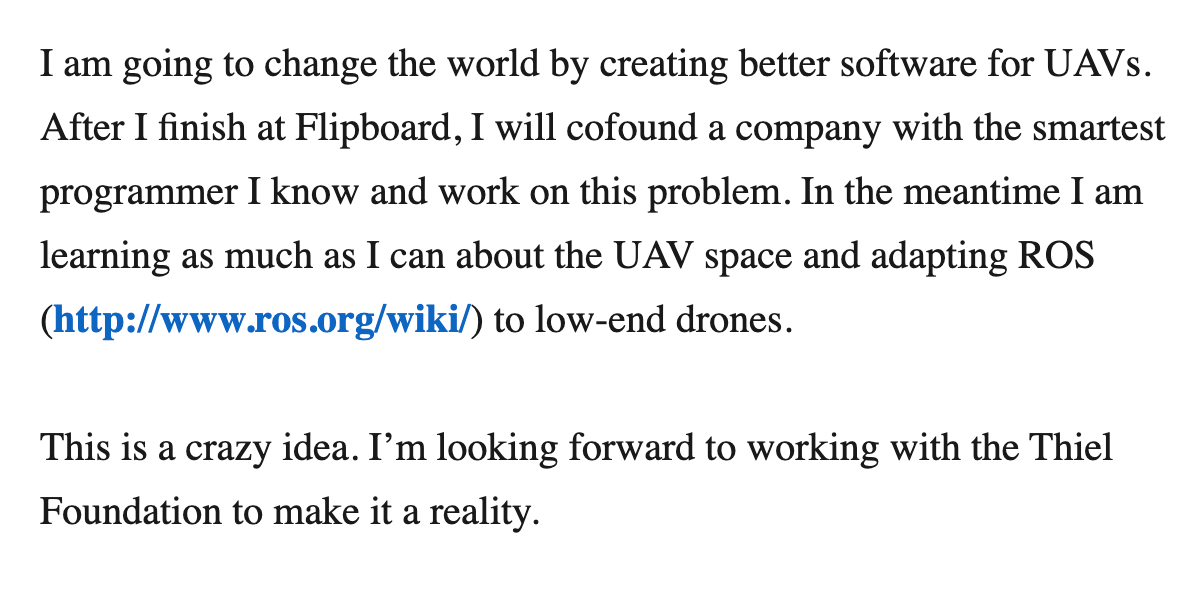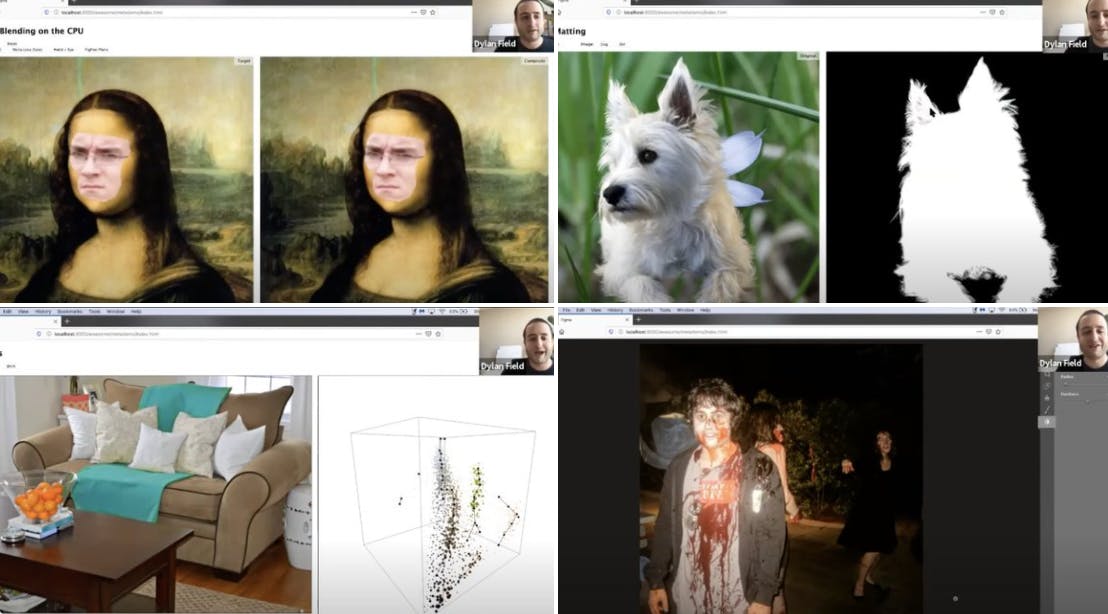How Dylan Field Built Figma From Zero to One

Figma is a startup valued at more than $10 billion.
Co-founder and CEO Dylan Field is a Forbes 30 under 30 list alum. This is a story about the messy reality of building a startup and the myth of overnight success.

The process of building Figma
Dylan Field is open about how messy it was building Figma:
• The company idea was originally around drones
• He questioned dropping out of Brown after "the worst week of Figma"
• John Lilly passed on their seed round, saying "I just don’t think you know what you’re doing yet."
Dropping out of Brown University
Dylan dropped out of Brown to become a member of the Thiel Fellowship in 2012.
Dylan Field and co-founder Evan Wallace (Dylan's friend and former TA) began work on what started as a Drone company but ultimately became Figma. From Dylan's Thiel Fellowship application:

Evan convinced Dylan not to build in the drone space. Partly because they “couldn’t come up with a drone idea that didn’t hurt people or violate their privacy.”
Shifting directions
So what next?
They turned to a 3-D demo of a ball in a pool of water that Evan Wallace built years before. It may not look like much, but it showed that you could have real-time graphics in the browser. They figured they could use this technology to build the entire creative suite.
Design in the browser
They started building what they called “Photoshop in the browser.” But Photoshop has tons of use cases, so they built a series of disconnected projects:
•Poisson Blending on the CPU
•Image Cutting
•Color Lines
•Photo Editor
and wait for it...

The team spent a week building a meme generator
Dylan calls it "the worst week of Figma."
Was it worth dropping out of Brown University for this? The team lacked focus. Everyone in the company had a different vision for what they were building. Investor John Lilly passed on the Seed round. He was honest with Dylan. He told him, “I just don’t think you know what you’re doing yet.”
Bringing the future into focus
One day Dylan sat down with everyone at the company to decide on a focus. They killed off several features including:
• animation
• 3D design
• photo editing
• paint
The early Figma team chose interface design. They got everyone on the same page with a shared vision and purpose. They were able to move faster. John Lilly eventually led the Series A. Dylan calls him a "key force in Figma.”
The process of building a startup is never straightforward, but like Dylan said recently to Daniel Gross. "Life is pretty good if you're building things you find interesting. Keep building and exploring. You may end up in a place you never expected."
More founder & startup origin stories
Doing research for your own early stage startup?
Heyday will save you time and and help you retain more of what you learn.